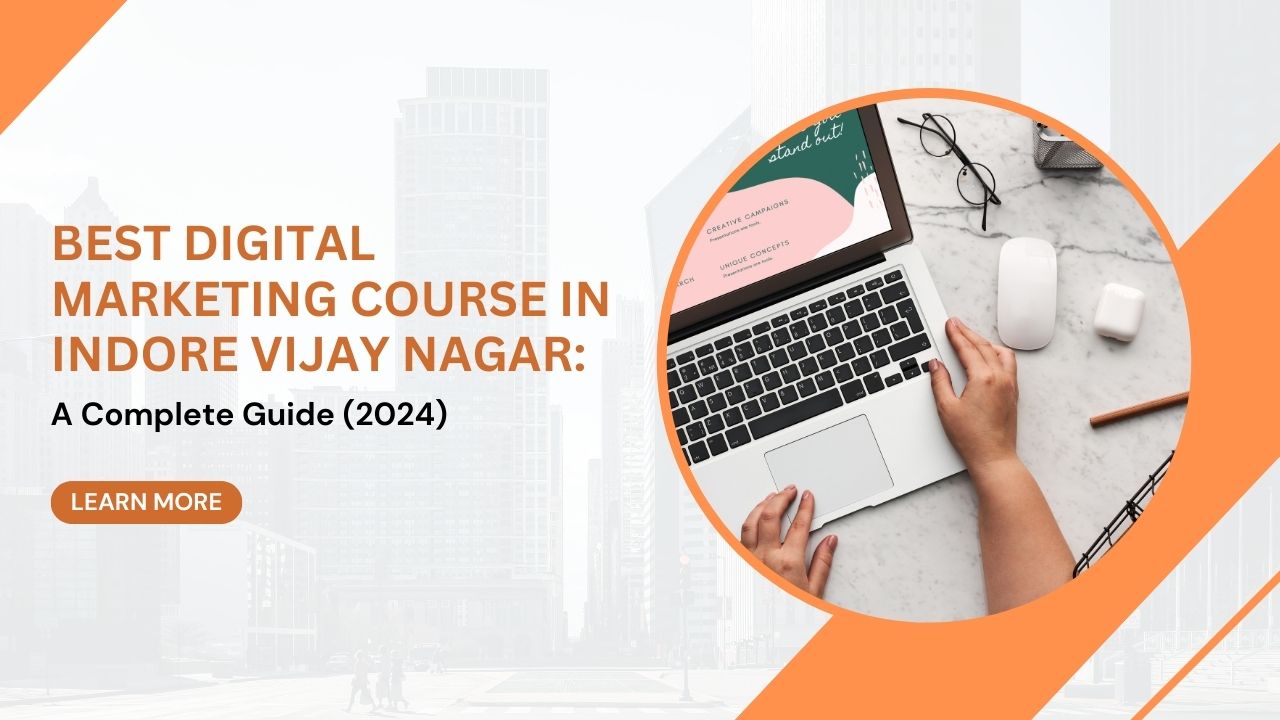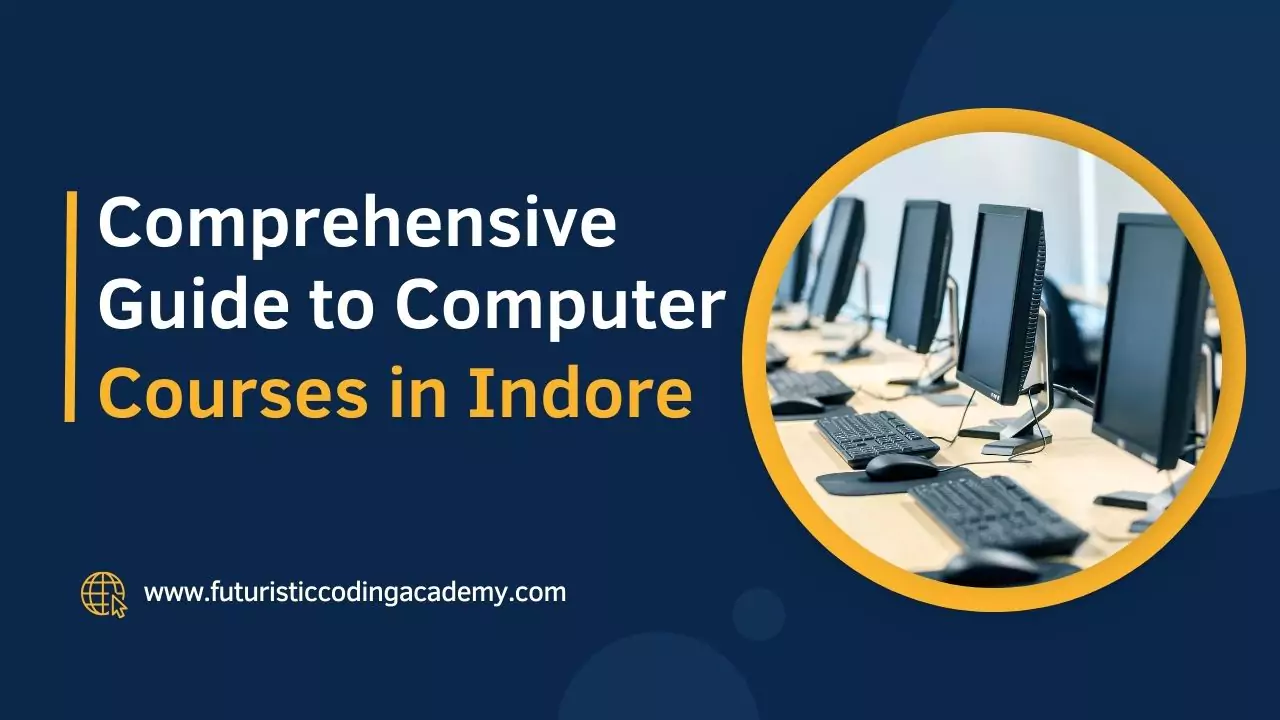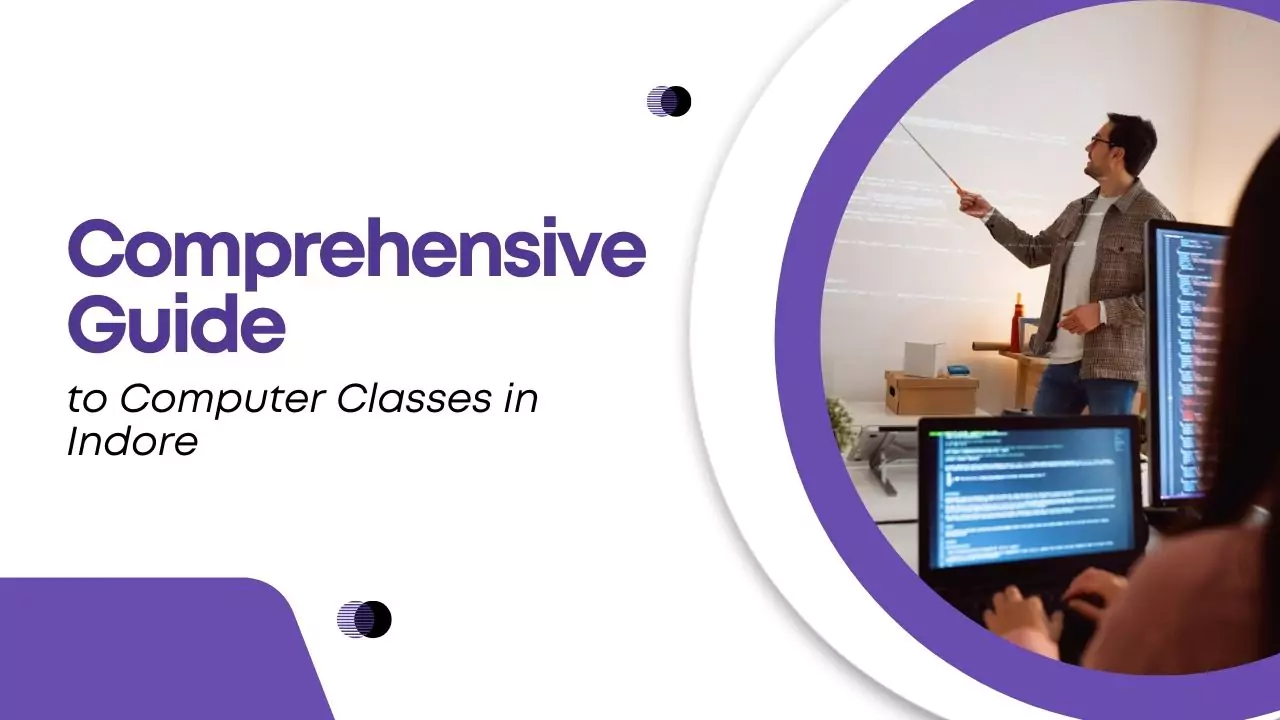Python full-stack development has become one of the most sought-after skills in the tech industry. Whether you’re a coding enthusiast looking to expand your skill set or a beginner wanting to dive into programming, learning full-stack development using Python opens a world of opportunities. In this guide, we’ll walk you through everything you need to know to become a successful Python full-stack developer.
What is Python Full Stack Development?
Full-stack development refers to the ability to work on both the front-end (client-side) and back-end (server-side) of an application. In the case of Python full-stack developers, they leverage Python’s flexibility for the back-end while integrating front-end technologies like HTML, CSS, and JavaScript. This dual capability allows full-stack developers to handle everything from database design to user interface, making them valuable assets in today’s job market.
Front-End Technologies for Python Full Stack Development
To be a proficient full-stack developer, mastering front-end technologies is essential. Here are the key skills you need:
- HTML and CSS: These are the foundational languages for building web pages.
- JavaScript: Vital for making web pages interactive and responsive.
- Front-End Frameworks: Frameworks like React, Vue.js, and Angular help in building robust front-end applications. As a Python developer, you can use these tools in conjunction with your Python back-end.

Back-End Technologies for Python Full Stack Development
Python shines on the back-end with its powerful frameworks:
- Django: A high-level Python web framework that allows for rapid development of secure and scalable applications.
- Flask: A lightweight Python web framework for small to medium-sized applications. Flask gives you more control over the architecture, while Django comes with built-in features that accelerate development. Both frameworks are essential for any Python full-stack developer to understand, as they provide the backbone for handling server-side logic(Internshala Trainings)
Python Libraries and Tools to Master for Full Stack Development
Here are some Python libraries and tools that will enhance your full-stack development skills:
- Pandas: Essential for data manipulation and analysis.
- NumPy: Helps in scientific computing with Python.
- SQLAlchemy: A library for database interactions and managing database migrations.
- TensorFlow and PyTorch: If you venture into AI and machine learning, these libraries will be incredibly useful(Internshala Trainings).
Database Management Skills for Python Full Stack Development
In full-stack development, understanding how databases work is crucial. Python developers often work with:
- Relational Databases: MySQL, PostgreSQL, and SQLite are popular choices.
- Non-Relational Databases: MongoDB is a leading NoSQL database for Python developers. Understanding when to use a relational versus non-relational database is key to being an efficient full-stack developer

Key Steps to Becoming a Python Full Stack Developer
Here’s a step-by-step guide to kickstart your journey:
- Learn Front-End Development: Start by mastering HTML, CSS, and JavaScript.
- Master Python Basics: Dive into Python and understand its syntax, data structures, and object-oriented programming.
- Learn Back-End Frameworks: Get hands-on experience with Django and Flask, and understand RESTful APIs.
- Master Database Management: Learn how to design, build, and query databases using SQL and NoSQL.
- Work on Projects: Start building real-world applications to put your knowledge to the test.
- Version Control with Git: Learn how to track your code changes and collaborate with others using Git and GitHub.
- Stay Updated: Technology is constantly evolving. Keep yourself updated with the latest trends in Python development
The Importance of Building Real-World Projects
Learning full-stack development is not enough—you need to build and showcase projects that demonstrate your skills. Here are some project ideas:
- Personal Portfolio Website: A great way to showcase your skills and projects to potential employers.
- E-commerce Website: Build a full-stack e-commerce platform with Django, including a shopping cart, product listings, and payment integration.
- Blog with Flask: Develop a simple blog application using Flask and a SQLite or MongoDB database.

Best Practices for Python Full Stack Developers
Here are some best practices to follow as you develop your Python full-stack skills:
- Keep Your Code Clean: Write organized, readable, and well-structured code.
- Use Version Control: Always use Git for version control, especially when collaborating with teams.
- Test Your Code: Write unit tests and use frameworks like PyTest to ensure your applications are bug-free.
- Stay Up-to-Date: Join Python communities, attend meetups, and follow blogs to keep your skills sharp
Frequently Asked Questions (FAQs)
What skills do I need to become a Python full-stack developer?
You need front-end skills (HTML, CSS, JavaScript), back-end expertise (Python, Django, Flask), and database management skills (MySQL, MongoDB).
How long does it take to become a full-stack developer with Python?
It depends on your learning path. With dedication, you can become proficient within 6 to 12 months by taking a mix of online courses, tutorials, and bootcamps.
Is Python a good language for full-stack development?
Yes, Python’s simplicity, combined with powerful frameworks like Django and Flask, makes it one of the top choices for full-stack development.
Conclusion
Becoming a Python full-stack developer is an achievable goal with the right dedication and resources. At Futuristic Coding Academy, we offer a range of courses to help you build your skills and start a successful career in full-stack development. Whether you’re a beginner or looking to expand your existing knowledge, our comprehensive courses will guide you on the path to becoming a proficient Python full-stack developer.
Start your journey today by exploring our Python Full Stack Developer Courses.






